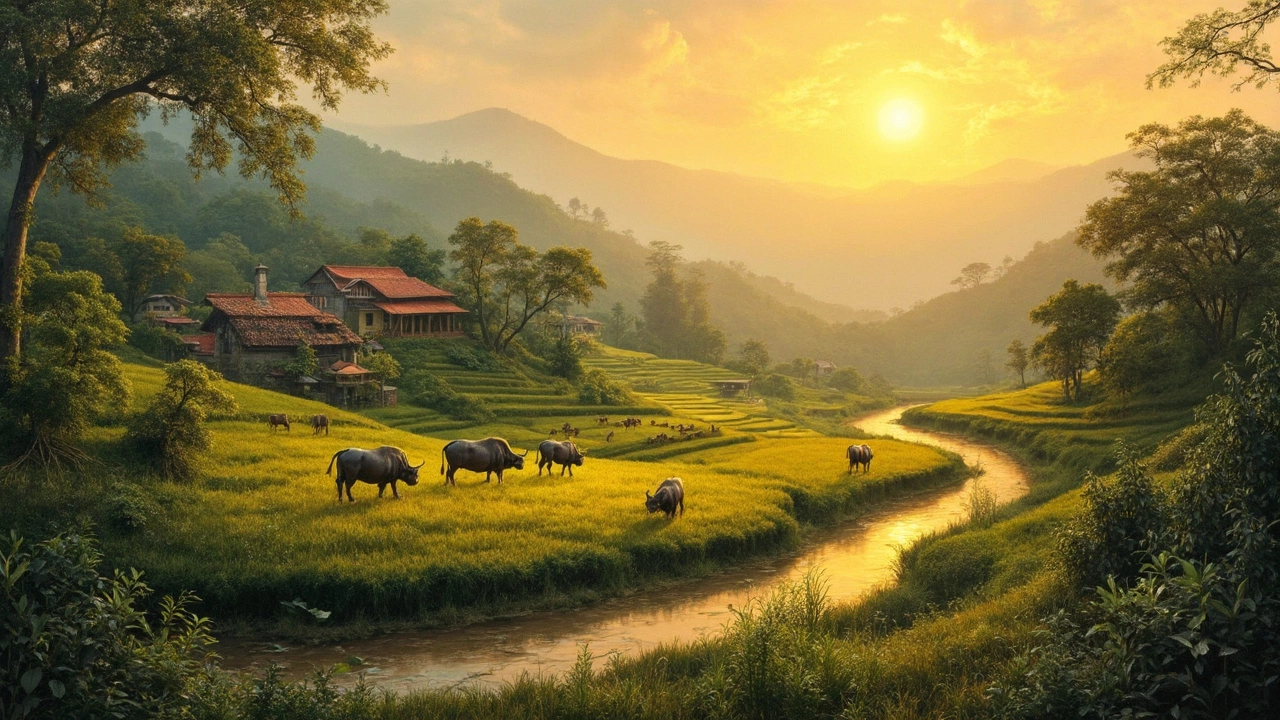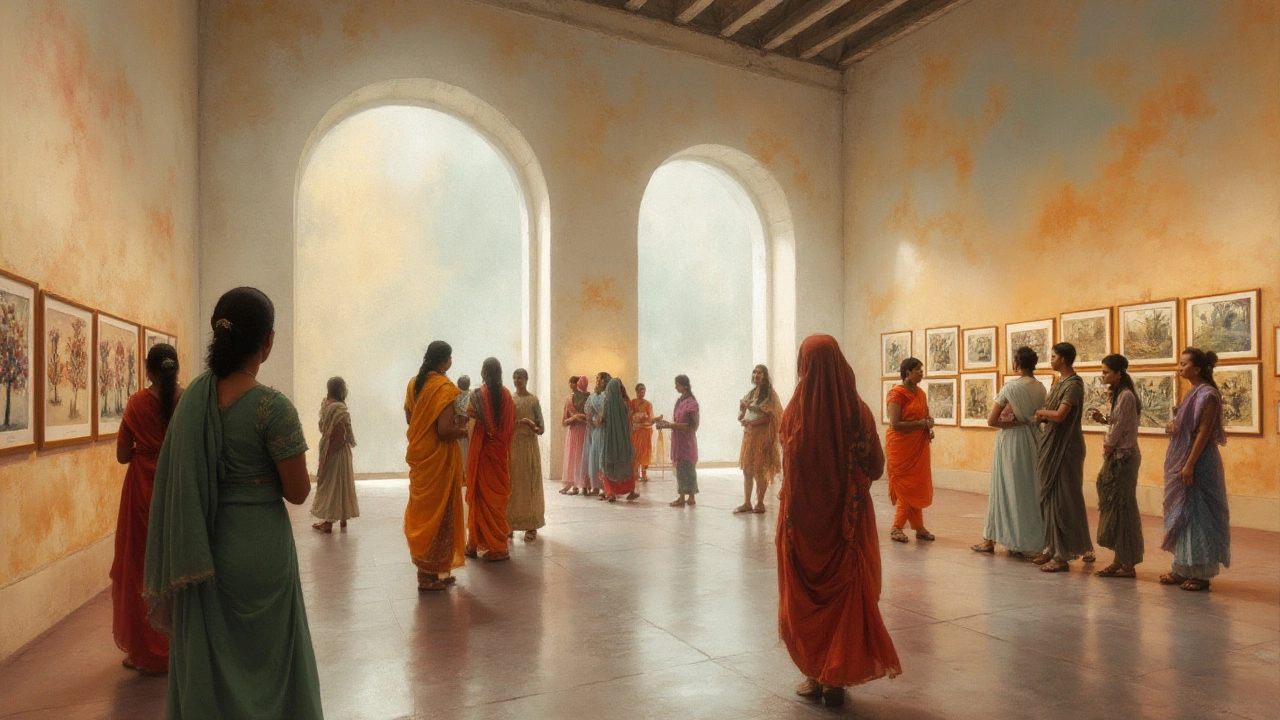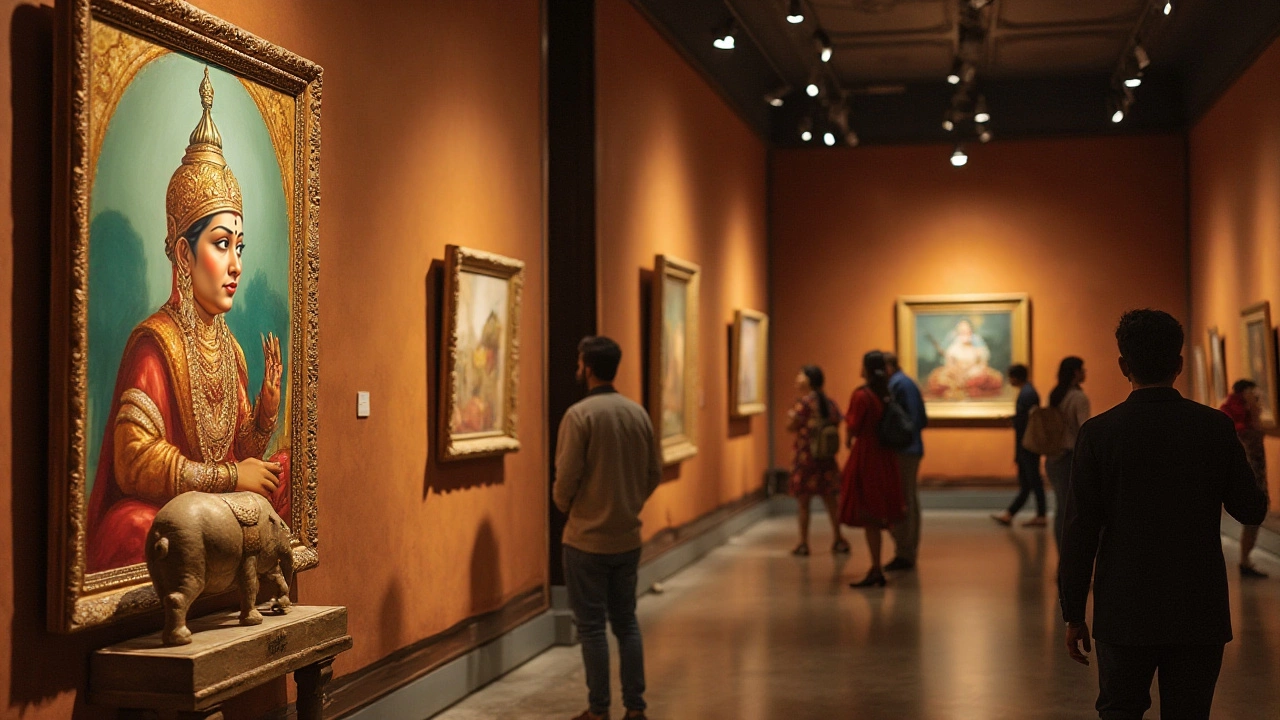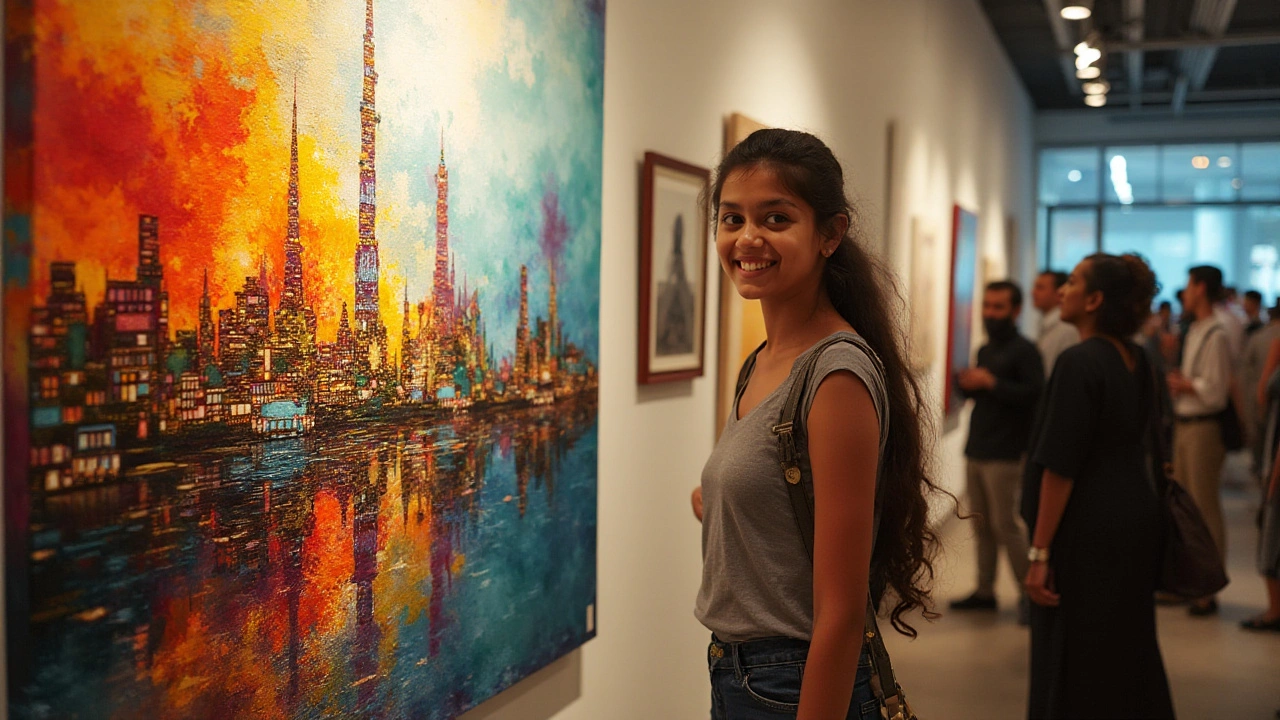Art Styles – Your Guide to Today’s Hottest Creative Trends
Ever wonder why some art feels fresh while other pieces feel timeless? It’s all about the style behind the work. In this guide we’ll break down the most buzzed‑about styles of 2025, point out a few classic methods that never go out of fashion, and give you quick tips to try them yourself. Ready to level up your art game?
Top Modern Art Styles to Watch in 2025
Digital art is no longer a niche – AI‑generated pieces, interactive installations, and immersive VR experiences dominate galleries. If you’re curious about AI art, start by experimenting with free generators and see how you can add your own brush strokes afterward. Street art continues to thrive in cities like Berlin and Melbourne. Grab a can, practice simple tags on legal walls, and watch how the urban vibe shapes your work.
Another hot trend is generative art. This style uses code to create patterns that evolve on their own. All you need is a basic scripting tool and a willingness to let the computer surprise you. Many artists combine generative backdrops with hand‑drawn elements for a look that feels both futuristic and personal.
Installation art is also on the rise. Think about how you can use everyday objects, lighting, and sound to turn a room into an experience. A simple idea like hanging strings of LED lights at varying heights can instantly transform a space and make visitors linger longer.
Classic Techniques Still Making Waves
While new media steals headlines, traditional methods still hold strong. Watercolor remains a favorite for its fluid, unpredictable washes. If your watercolors look muddy, try using less pigment and more water, and work from light to dark. Oil painting, especially the Goya technique, offers rich texture; mixing a tiny amount of linseed oil with your pigment can boost flow without sacrificing depth.
Fine‑art photography continues to evolve, but the basics stay the same: good composition, proper lighting, and thoughtful post‑processing. When shooting portraits, consider a three‑point lighting setup – even a single desk lamp can act as a key light if you position it correctly.
Sculpture blurs the line between art and design. Whether you’re carving wood or casting resin, keep an eye on how viewers will walk around the piece. Simple lighting from above and a clean base can make a modest sculpture feel gallery‑ready.
Now that you’ve seen both the cutting‑edge and the timeless, pick one style that excites you and give it a try. Start small, share your progress on social platforms, and don’t be afraid to mix styles – a digital background with an oil‑painted figure can become a signature look. Keep experimenting, and you’ll soon find the art style that feels like you.




